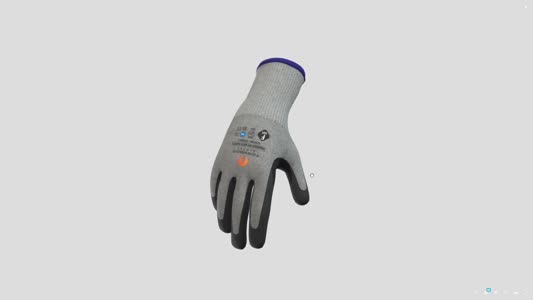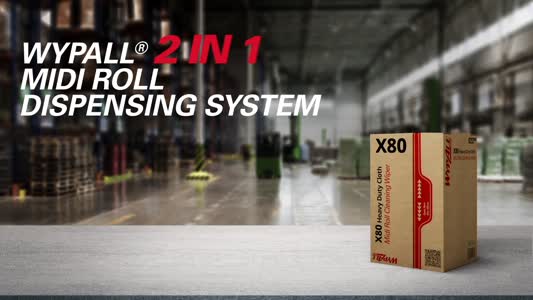
 |
Mark Sennett
Managing Editor |
 |
Kelly Rose
Editor |
Demystifying glove selection
08 April 2016
Glove selection can be a confusing issue, and not only because finding a glove that offers protection, comfort and the necessary dexterity to meet the various challenges and hazards involved in a modern industrial work place is a huge responsibility for H&S departments the world over. Chris Busby, UK & Ireland, South Africa & Malaysia, country manager at ATG believes the primary cause of confusion comes from the solution providers themselves... branded glove suppliers.
Often, glove suppliers' catalogues are littered with terms like “13, 15 or 18 gauge liner”, detailed descriptions on the compositions of coatings and unnecessary waffle about the weaves and fabrics within the glove liner. As a health and safety professional attempting to find a solution to protect staff from a work place hazard, surely what you want to know is that the glove you select was created with your application in mind.
Work gloves need to offer protection first and foremost. But once you are happy that they at least meet the safety requirements, the next thing you should consider is comfort. Nobody wants to wear a glove that makes their hand sweat excessively or causes skin irritation. In fact, when surveyed, more than 95% of glove wearers cite comfort as being the number one consideration when choosing a work glove. Finally, it should enhance the hand as a working tool. It needs to offer grip and dexterity and not get in the way of doing your job to the best of your ability.
If you are working in a dry environment without the presence of liquids, oils or coolants, then your glove should be breathable to offer the wearer the most comfortable glove experience possible, and not just on the back of the hand. Whether you are working in an assembly, general handling, or an area in which the risk of cuts is present, you should look for a glove that will offer 360 degree breathability.
Wet and oily environments
For areas where the parts being handled are wet or oily, depending on the volume and viscosity of the oil, the wearer requires a glove that offers differing levels of liquid protection without compromising on dexterity and grip. For instance, handling of parts with a light film of oil presents different challenges to gloves that immersing your hand into oil or water.
You will compromise on breathability when your glove offers a liquid proof barrier, but in all cases a sweaty hand is preferable to one covered in oil at the end of the working day. This is especially true when you consider studies linking prolonged exposure to hydrocarbons and the onset of rheumatoid arthritis in later life.
Would you ask your staff to drink engineering oils? Then why expect them to put their hands in it all day. Remember the skin is a breathable organ and just as it expels moisture through perspiration to cool the body, so too will it absorb what it comes into contact with.
Finally for areas where protection from cuts is required, you not only need gloves featuring innovative cut resistant fibres, but they may also be required to offer protection from liquids or in instances where the working environment is dry. The wearer should not be forced to compromise on comfort and breathability.
Chemical hazards
The situation in relation to chemical hazards is slightly different, given the nature of the risks involved. In these instances it’s vital that there is a clear understanding of the make-up of the chemical and that the glove selected can meet the breakthrough times necessary to offer adequate protection. However, once the correct glove compound is selected, the rules around comfort, dexterity, fit and grip then apply – just as they do when selecting a glove for a dry, wet/oily or cut application.
Industrial applications
It really can be that simple. Nearly all industrial applications can be broken down into four environments: dry; wet/oily; cut and chemical. However, most branded glove suppliers operating in the UK market will have multiple options for each of the environments listed above – and the primary difference in a lot of cases is the jargon.
When faced with such a huge array of gloves offering very similar levels of protection, how can a safety officer be expected to find the perfect glove for their workplace and the challenges their staff face every day? Confusion really does appear to be the order of the day.
Let’s cut through the jargon and the waffle and present hand protection solutions in a manner that allows glove wearers find the right glove for them, their application and the hazards they are exposed to on a daily basis, quickly and easily.























